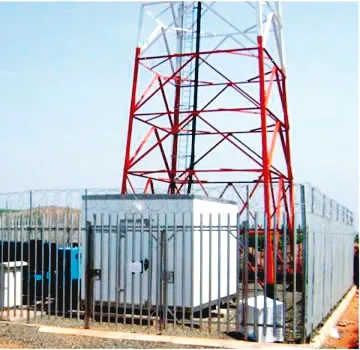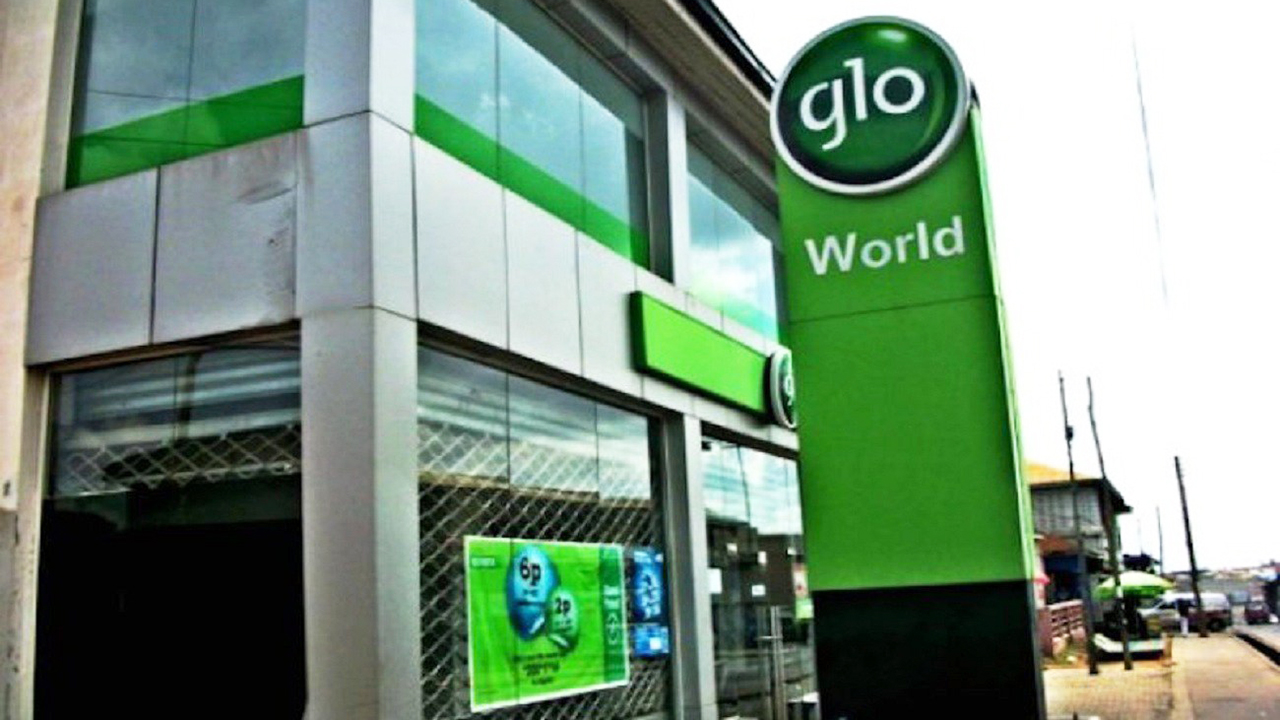Inadequate capacity across networks to support heavy usage, especially in high-density urban areas have been identified as a major reason for poor telephony services, especially in cities, such as Lagos, Abuja, Port Harcourt, among others.
NCC explained this in a document, titled, ‘The Great Divide- Urban vs Rural Speeds: Uncovering the Quality of Mobile Service Where Nigerians Live and Work,’ carried out in conjunction with broadband intelligence firm, Ookla.
On data services, the NCC explained that the high density of active Internet users in urban areas contributes to the issue of dropped video calls, buffering on streams, failed mobile payments, and slow downloads.
“Overall, network capacity for data services across the country appears good. However, capacity issues have been observed in urban areas across all major operators,” the telecom regulator stated.
With more investments needed, NCC said the most effective strategy to relieve capacity strain in cities is a multi-faceted approach focusing on two goals, which include “aggressively deploying 5G technology.”
And optimizing the capacity of the existing 4G (LTE) network to improve performance for all users.”
NCC said: “While the National Proportion shows a minimal overall impact across the country, the issue is intensified in high-density urban areas.
“This localised congestion leads directly to peak-hour performance degradation, confirming that targeted infrastructure investment in these urban zones is most critical to ensure consistent service quality.
“LTE (4G) is The Core: LTE performance is consistently reliable, positioning it as the main mobile broadband option through at least 2028-2030. Rural LTE speeds are climbing, reaching up to 15 Mbps. 5G is Niche: Urban 5G reaches impressive download speeds (180-220 Mbps), but it trends downward and lacks latency gains over LTE, keeping it niche for now.”






